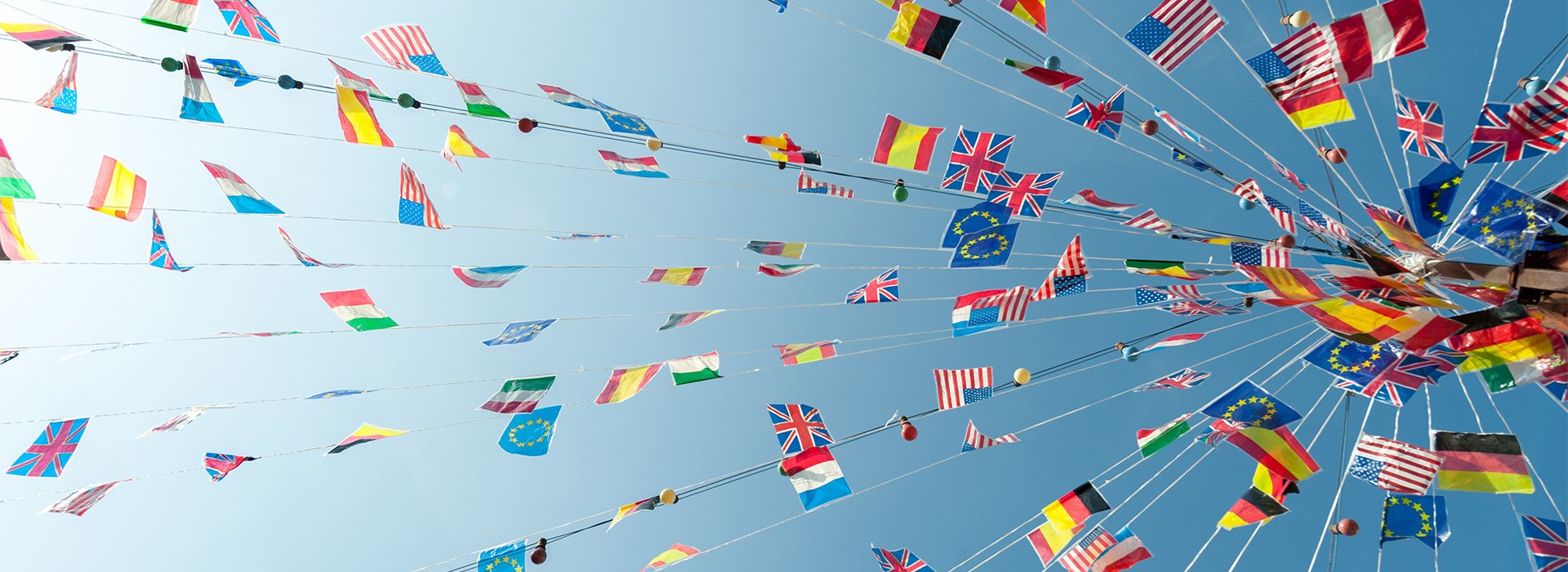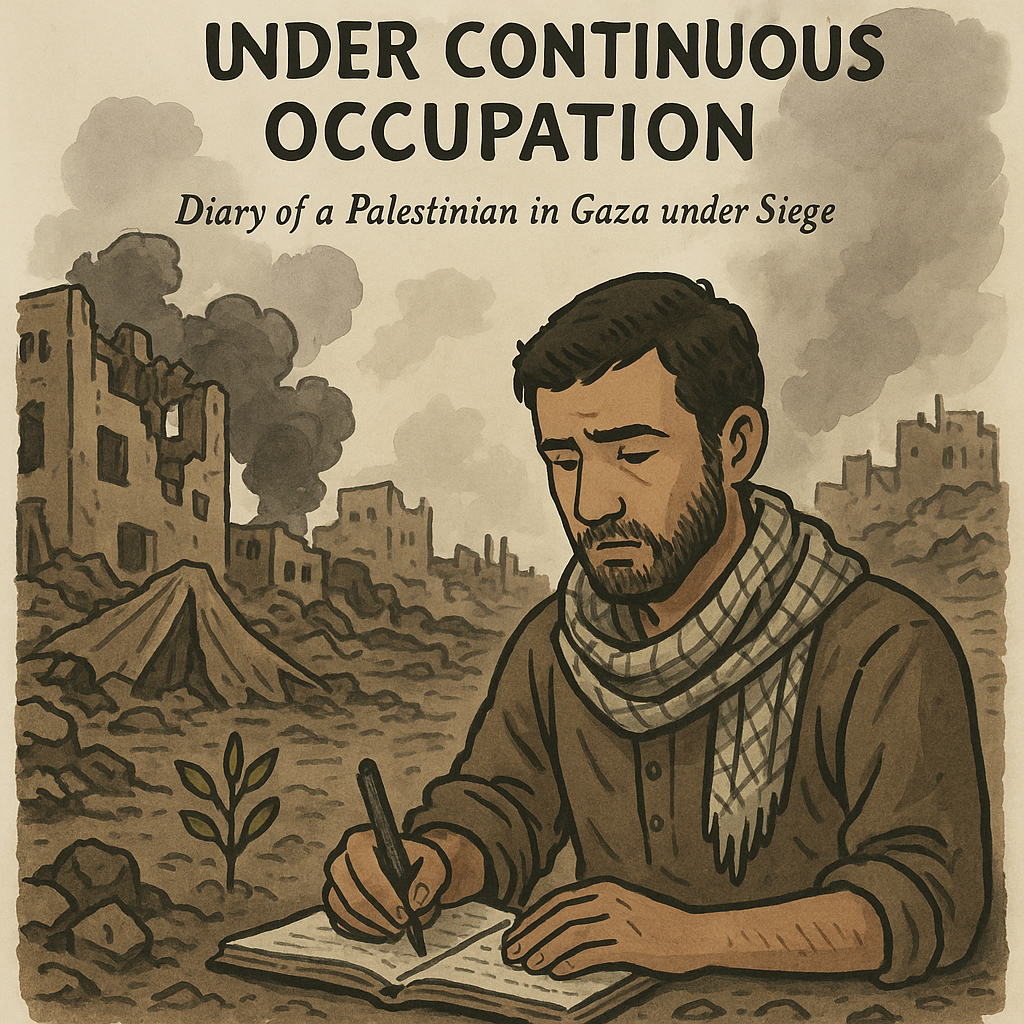
29 December 2024
1. Overview of the Rectangular-Shaped City Construction TheoryThe theory explains how Chiang Mai, a rectangular city, was constructed using ancient methods to align its walls and moat with the cardinal directions (north, south, east, west).It draws on advanced techniques involving sunlight, shadows, and precise measurements, reflecting the wisdom of ancient civilisations.---2. Key PrinciplesAlignment with Cardinal Directions:The...











